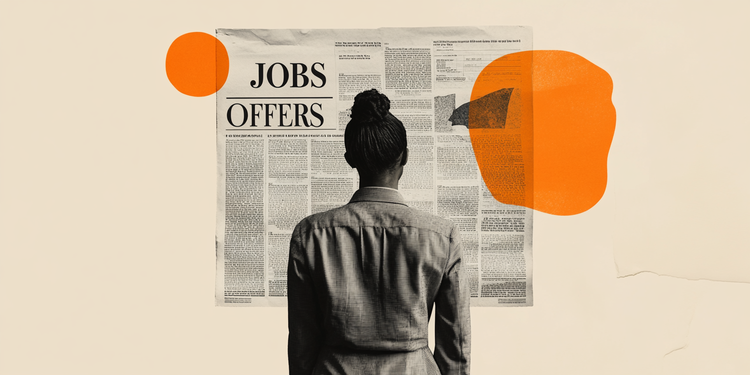Stanford University's Institute for Human-Centered AI recently released the 2024 edition of its traditional data report on artificial intelligence (AI). It presents information about the use of technology and trends in the path it could take in the coming years.
The publication occurred days before Microsoft announced a new, more economical AI, capable of managing social networks with less data and democratizing access to the tool for companies without as many resources.
O 2024 AI Index Report lists the top ten learnings about intelligence and CNN presents you below. Check out:
AI performance compared to humans
The text reflects on the ability of artificial intelligence to perform tasks better than a human being. The conclusion the researchers reached is that it already surpasses human activity in fields such as image classification, visual reasoning and understanding English.
AI, however, still lags well behind humans in complex activities such as competition-level mathematics, common sense for visual reasoning and planning.
Industry researches more AI than academia
In 2023, machine learning models were developed, above all, by industry. The report attributes the development of 51 models to the sector, which far exceeds the 15 created by academia. There are also 21 creations made in a partnership system between industry and academia.
New models reach astronomical numbers
According to Stanford researchers, the cost of new AI models has reached astronomical digits. GPT 4, from Open IA, cost US$78 million (around R$400 million) and Gemini Ultra, from Google, cost US$191 million (around R$1 billion).
USA is the major market center
The artificial intelligence market is concentrated in the United States, which leads the number of notable models developed, with 61. Behind them comes the European Union (21), with emphasis on the United Kingdom, and China closes the podium with 15.
Difficulty in regulation
The text also points out that the difficulty in regulating artificial intelligence models comes from the different bases used for their creation.
“Top developers, including OpenAI, Google, and Anthropic, primarily test their models on different responsible AI benchmarks. This practice complicates efforts to systematically compare the risks and limitations of leading AI models”, says the text.
Investment in generative AI soars
If global investment in artificial intelligence ended up falling in 2023, the same cannot be said about the money used to develop generative AI. The sector totaled US$25.2 (around R$130 million), which indicates that the value practically doubled compared to 2022, as the report points out.
Increase in productivity and quality of life at work
Stanford researchers have gathered several studies that show that AI helps workers complete faster and improve the quality of their job tasks. There is also a tendency that technology can collaborate to train professionals and reduce the gap between the most and least qualified.
The report warns, however, that artificial intelligence, when used without due supervision, may end up harming the quality of deliveries.
AI catalyzes scientific discoveries
The text highlights the use of artificial intelligence to enhance and accelerate the pace of scientific discoveries, such as AlphaDev, which improves algorithmic classification, and GNoME, from Google, which facilitates the process of discovering materials.
AI regulation grows in the US
A trend towards increased regulations on artificial intelligence in the United States was also identified. If in 2016 there was only one, in 2023 this number jumped to 25. Compared to the year 2022, regulations grew by 53%.
World more aware and concerned about AI
As more and more people around the world become aware of the existence and capabilities of artificial intelligence, the number of people concerned about its impacts is also growing.
To assert this, the Stanford report was based on a survey by Ipsos, which says that the number of people who believe that AI will drastically affect theirs has risen from 60% to 66% in 2023. Additionally, 52% expressed nervousness about of AI products and services, which means an increase of 13% compared to the previous year.
In the US, as Pew points out, 52% of people are more concerned than excited about the effects of AI. In 2022, the number was 38%.
Artist takes AI-made screens from MoMa to The Town
Source: CNN Brasil
Charles Grill is a tech-savvy writer with over 3 years of experience in the field. He writes on a variety of technology-related topics and has a strong focus on the latest advancements in the industry. He is connected with several online news websites and is currently contributing to a technology-focused platform.







